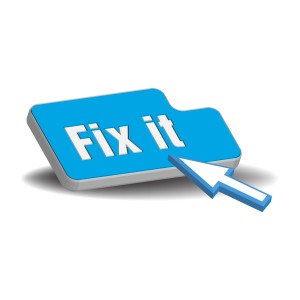— October 17, 2017

geralt / Pixabay
Talented and skilled leaders are the lifeblood of any organization. But according to Brandon Hall Group’s leadership development report, “Only 25% of organizations reported they have a ready and willing successor for at least one critical leadership position.”
To establish a strong pipeline of capable leaders, an organization needs to identify the capabilities that are needed to perform a specific job. This is where competency modeling comes into play.
In a nutshell, competency models matter because they pinpoint the relevant behaviors, skills, attributes or capabilities of your top performing employees and can be used to identify high potential leaders and help them develop those leadership characteristics. The models help to clarify expectations, provide valuable feedback for critical areas and ensure your development activities and related initiatives will have the greatest impact.
Competency models essentially provide human resource professionals with the foundation to develop effective human resource management systems for their business or organization.
By implementing a competency-based training and development system, you can ensure your training and development programs are aligned with your company’s values and strategies, and that your training dollars are being used most effectively.
Competency models are most effective when they are integrated into your organization’s Human Resources processes. The real value added of these models is when they are used to tie your HR systems together so that your hiring, leadership and management development, performance management, and succession planning systems are aligned and focused on the same attributes and characteristics.
Let’s take a closer look at one of these HR systems and how you can effectively leverage a competency model to develop and enhance leadership development at your company.
- Identify “Gaps” in Competencies
The first step is to see how people are performing with regard to the competencies. This can be assessed at the individual level using a 360 survey and by reviewing current performance appraisal data. The aggregate 360 data will help you identify development needs at an organizational level.
- Identify Opportunities to Close “Gaps”
By reviewing the needs of your overall organization and individual employees, you can determine the most effective types of initiatives and training opportunities that can be implemented on the individual or organizational level to help close the gaps. The individual data can be used to drive the creation of development plans that include coaching and on-the-job assignments. The aggregate data helps you decide which formal skill development programs would be the best place to invest scarce training dollars in order to get the most impact.
- Follow-Up to Ensure Closing of “Gaps”
You will want to follow up at least six months after any training or development activities to determine whether there are any discernible differences in behavior and to determine the effectiveness of your efforts. You can do this by implementing a 360 “post test” or following up to determine the effectiveness of any ongoing coaching or mentoring opportunities that have been implemented. Additionally, you can review the feedback from performance reviews.
By leveraging a competency-based training and development system, you can ensure that your organization’s HR training budget and your employees’ time are being used most effectively. This also helps increase employee’s willingness to invest in developing the important and relevant skills they need to perform their jobs and be successful in future leadership roles.
Business & Finance Articles on Business 2 Community
(88)







